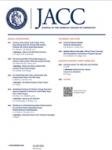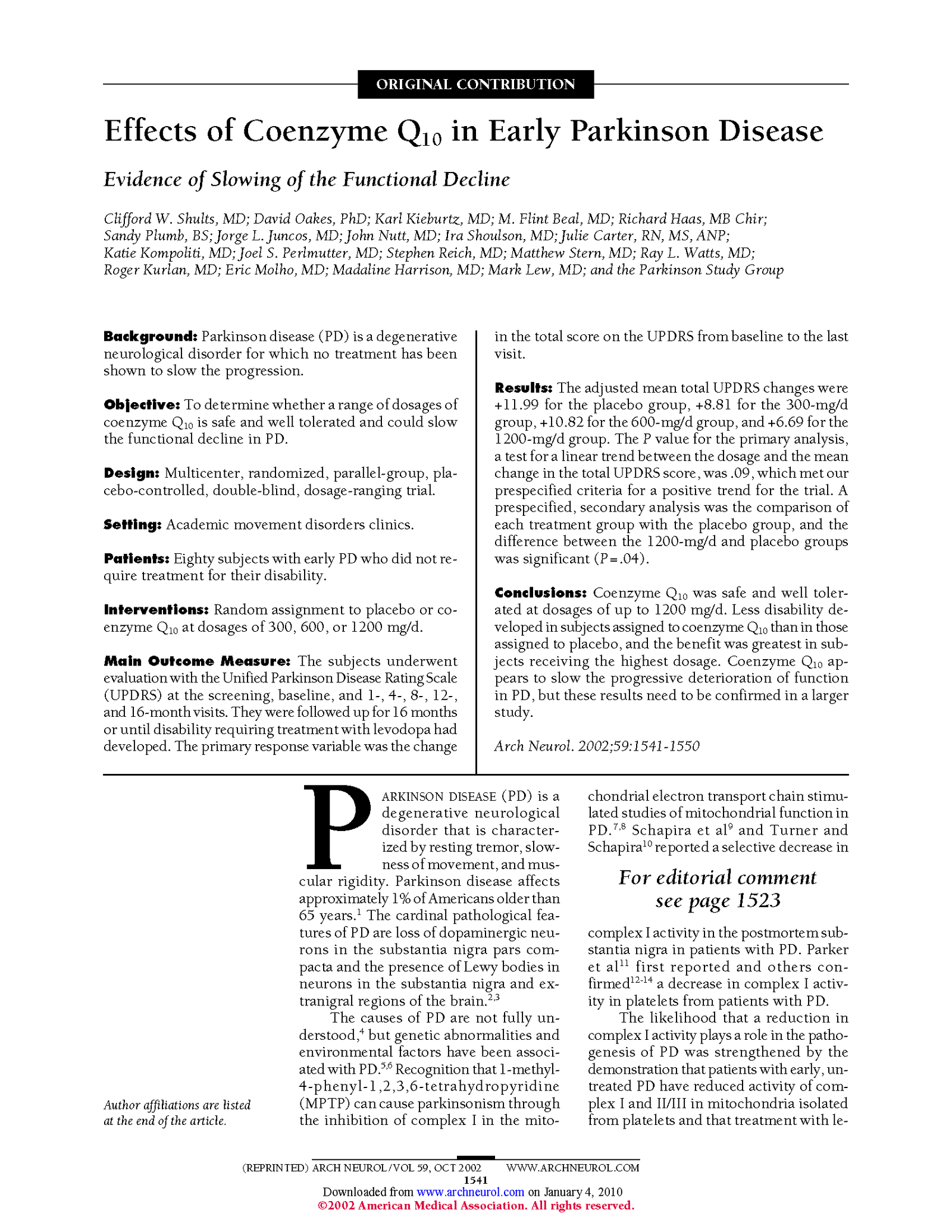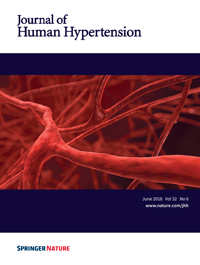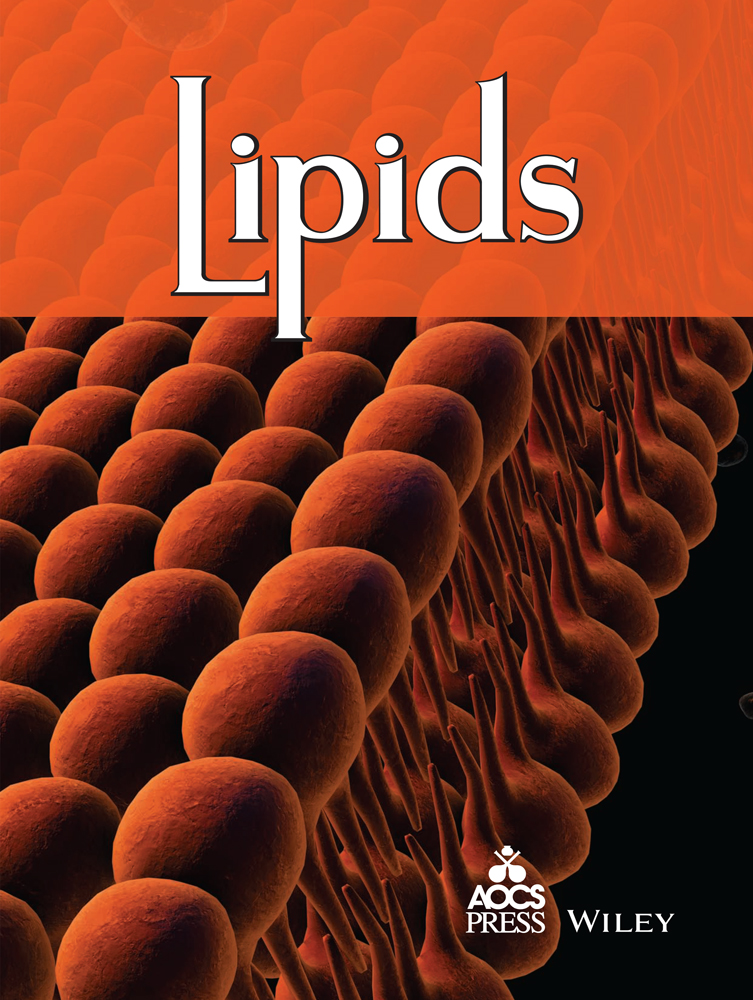
Coenzyme Q10 An Independent Predictor of Mortality
in Chronic Heart Failure
Objectives The aim of this study was to investigate the relationship between plasma coenzyme Q10 (CoQ10) and survival in patients with chronic heart failure (CHF).
Background Patients with CHF have low plasma concentrations of CoQ10, an essential cofactor for mitochondrial electron transport and myocardial energy supply. Additionally, low plasma total cholesterol (TC) concentrations have been associated with higher mortality in heart failure. Plasma CoQ10 is closely associated with low-density lipoprotein cholesterol (LDL-C), which might contribute to this association. Therefore we tested the hypothesis that plasma CoQ10 is a predictor of total mortality in CHF and could explain this association.
Methods Plasma samples from 236 patients admitted to the hospital with CHF, with a median (range) duration of follow-up of 2.69 (0.12 to 5.75) years, were assayed for LDL-C, TC, and total CoQ10.
Results Median age at admission was 77 years. Median (range) CoQ10 concentration was 0.68 (0.18 to 1.75) �mol/l. The optimal CoQ10 concentration for prediction of mortality (established with receiver-operator characteristic [ROC] curves) was 0.73 �mol/l. Multivariable analysis allowing for effects of standard predictors of survival—including age at admission, gender, previous myocardial infarction, N-terminal peptide of B-type natriuretic peptide, and estimated glomerular filtration rate (modification of diet in renal disease)—indicated CoQ10 was an independent predictor of survival, whether dichotomized at the ROC curve cut-point (hazard ratio [HR]: 2.0; 95% confidence interval [CI]: 1.2 to 3.3) or the median (HR: 1.6; 95% CI: 1.0 to 2.6).
Conclusions Plasma CoQ10 concentration was an independent predictor of mortality in this cohort. The CoQ10 deficiency might be detrimental to the long-term prognosis of CHF, and there is a rationale for controlled intervention studies with CoQ10.
Source: Molyneux et al.JACC Vol.52, No. 18, 2008:1435–41






